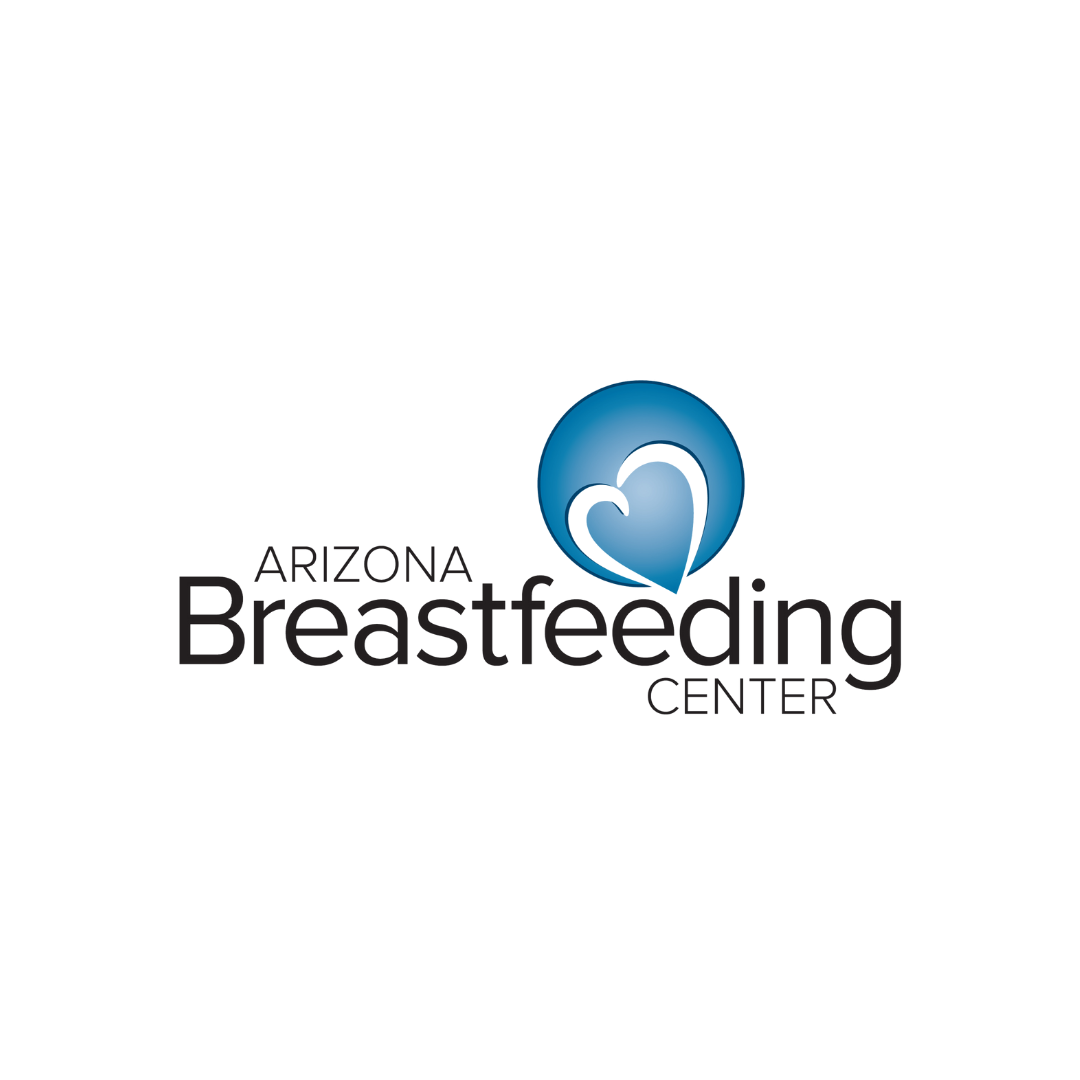Breastfeeding After 6 Months: Introducing Solid Foods and Complementary Feeding Support
As your baby reaches the 6-month milestone, the journey of breastfeeding evolves. This is an exciting time, as you may start introducing complementary foods alongside breast milk. It's important to remember that breastfeeding continues to be an essential source of nutrition even as your baby begins to explore new flavors and textures.
The Role of Breastfeeding Beyond 6 Months
While solid foods will gradually become a more significant part of your baby’s diet after 6 months, breast milk or formula remains the primary source of nutrition. The American Academy of Pediatrics (AAP) recommends that babies continue breastfeeding for at least the first year, and beyond if both the parent and baby wish to do so. Breastfeeding after six months provides essential nutrients like protein, healthy fats, and antibodies that help support your baby’s developing immune system (AAP, 2022).
Introducing Solid Foods: What You Need to Know
Introducing solids is a gradual process, and every baby is different. The goal is to begin offering complementary foods that help support your baby’s growth while still maintaining breastfeeding as the primary source of nutrition. The first foods are usually pureed fruits and vegetables, rice cereal, or soft finger foods.
Here are some key things to keep in mind as you start the process:
Timing is everything: Introduce solids when your baby shows signs of readiness, such as being able to sit up with support, showing interest in your food, or reaching for items (World Health Organization [WHO], 2020).
Start slow: Begin with one new food at a time, and wait a few days before introducing another. This will help you identify any food sensitivities (Centers for Disease Control and Prevention [CDC], 2021).
Textures matter: As your baby gets older, they may be ready for more textured foods. Gradually increase the variety of textures as they become more comfortable with eating (AAP, 2022).
Breastfeeding stays a priority: Continue breastfeeding on demand and offer solid foods after or in between breastfeeding sessions (AAP, 2022).
Why We're Here to Help
Introducing solid foods and navigating the transition from breast milk to a more varied diet can be overwhelming. At Arizona Breastfeeding Center, we understand how important it is to get the right support during this time. That’s why we’ve introduced a new appointment type specifically designed to support parents with introducing complementary foods. Whether you need guidance on when and how to start solids, or help with picky eating, our team is here to provide personalized advice tailored to your baby's needs.
If you're looking for assistance in transitioning to solid foods or have questions about breastfeeding after 6 months, schedule an appointment with one of our experienced IBCLCs. We’re here to support you through every step of this exciting phase.
References
American Academy of Pediatrics (AAP). (2022). Breastfeeding and the use of human milk. Pediatrics, 139(1), e20163451. https://doi.org/10.1542/peds.2016-3451
Centers for Disease Control and Prevention (CDC). (2021). Infant and toddler nutrition. https://www.cdc.gov/nutrition/infantandtoddlernutrition/index.html
World Health Organization (WHO). (2020). Complementary feeding: Report of the Global Consultation. https://www.who.int/nutrition/topics/complementary_feeding/en/
